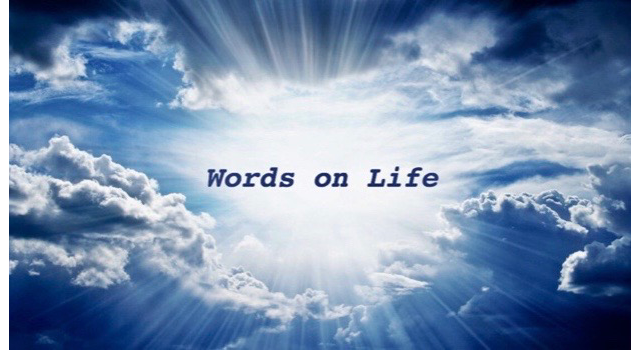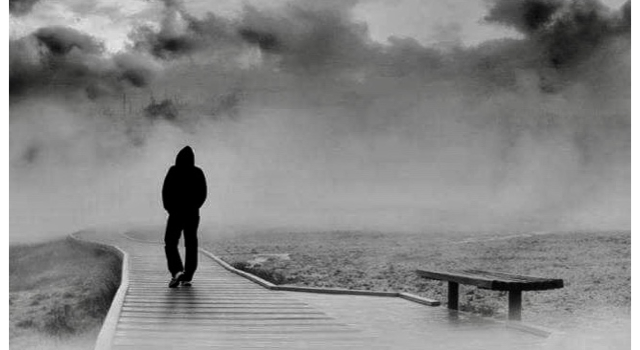The BBC has been accused by more than 100 of its staff of giving Israel…

Over The Centuries There Has Been Numerous Changes To The Bible.
The Evolution of Sacred Texts.
How can we trust what we hold in our hands when history reveals that the words we read today are not the words that were first spoken? Sacred texts have been shaped over time, raising important issues about authenticity, power, and belief.
It’s strange to think that what we consider sacred — the words believed to have come from the mouth of Jesus, from the prophets, from God Himself — have been shaped, edited, and even manipulated over centuries. The Bible, revered by millions, was never a static book handed down in one divine act of authorship. No, it is the product of human hands. Fallible hands.
Look at the names we use: Jesus, Joseph, Jerusalem. Names beginning with a letter that didn’t even exist when these people lived. How could that be? Linguistic shifts, cultural evolution — the words changed as language changed. ‘Yeshua’ became Jesus, and suddenly the figure we worship is spoken through a language his own people never knew.
And it wasn’t just a matter of language. Entire texts were chosen or discarded to fit the political and religious needs of those in power. The Gospel of the Nazarenes — thought to contain the truest words of Jesus — omitted. Why? It didn’t fit the narrative of those assembling the Bible, of those who decided what would be called ‘holy’ and what would be forgotten.
It’s unsettling to think about the hands that shaped this sacred text. Councils of men, centuries after the events themselves, debating which books should be included and which should be condemned. The Council of Nicaea, the Council of Carthage — they decided which gospels were heresy and which would stand as God’s word. Imagine the power they held in those moments, the ability to erase entire beliefs with the stroke of a quill.
What about those texts we never hear about? The Gospel of Thomas, the Gospel of Mary Magdalene — accounts that painted a different picture of Jesus, of his followers, and of his teachings. These gospels show us a more human Jesus, a different relationship with his disciples, and yet they were buried, declared false, dangerous even. The idea of Mary Magdalene being a central figure in Jesus’ life, a spiritual leader, a trusted confidant — erased. Her gospel lost to history. Or at least, to the agenda of those who needed their religion to be something different.
And then, the additions. The stories that weren’t there originally but were inserted later to fit an evolving theology. The Comma Johanneum, an added phrase supporting the Trinity — a concept not explicit in the original text but inserted by those who needed to justify it. Even the ending of Mark’s gospel — the earliest versions left readers with an empty tomb and silence. But that wasn’t enough for later theologians. So, verses were added, a resurrection story inserted to tie it all up neatly. But the truth? The truth was more complex, less comforting.
Even the idea of hell, of eternal damnation, wasn’t always so clear. In the Old Testament, Sheol was a shadowy, neutral place. But over centuries, with translations and shifting beliefs, Gehenna turned into the fiery pit we fear today. An idea that evolved from the literal valley outside Jerusalem into the terrifying doctrine of eternal punishment, shaping centuries of fear-driven faith.
What remains, then, of the original message? The virgin birth, proclaimed in Isaiah — but only after a mistranslation from almah, meaning “young woman,” to parthenos, meaning “virgin.” A small change, perhaps, but one that formed a pillar of Christian belief.
How many times has this happened? How many ideas, how many doctrines, rest on mistranslations or decisions made by councils and kings? What we consider ‘the Word of God’ was shaped by so many human voices, each with their own agendas, their own biases.
What’s more shocking — that this has happened? Or that it has been largely accepted without question? We look to the Bible for answers, for moral guidance, for the words of our Creator — and yet, beneath the surface, there are centuries of edits, omissions, and additions. Texts that have been lost, words that were changed, entire books that were discarded because they didn’t fit the narrative someone, long ago, wanted to create.
It makes you wonder: How much of what we know today is true to the original? How much has been shaped by human ambition, by politics, by fear? And what would we believe if we had access to those early texts, those raw words of Jesus and the prophets, before the councils and translations took over? What would we find if we went back to the very beginning?
Maybe, just maybe, it’s time we looked again.
Related post: The Bible We know Today



This Post Has 0 Comments